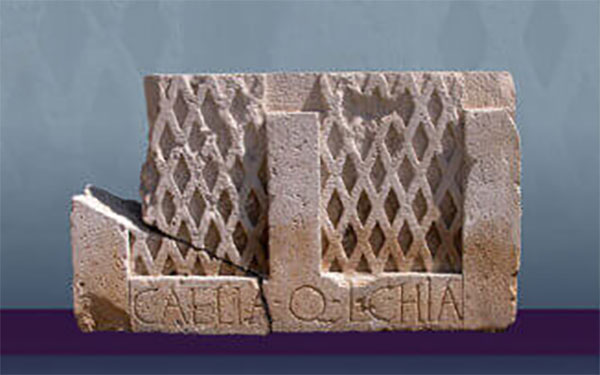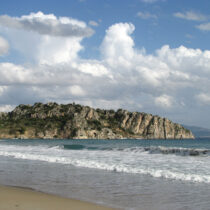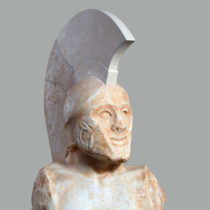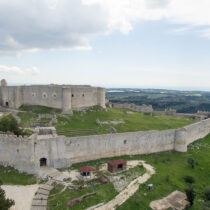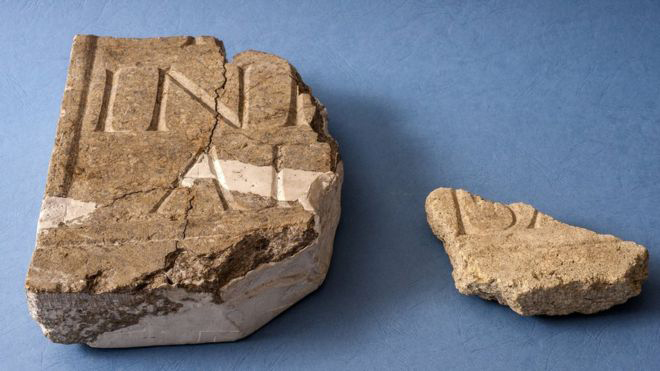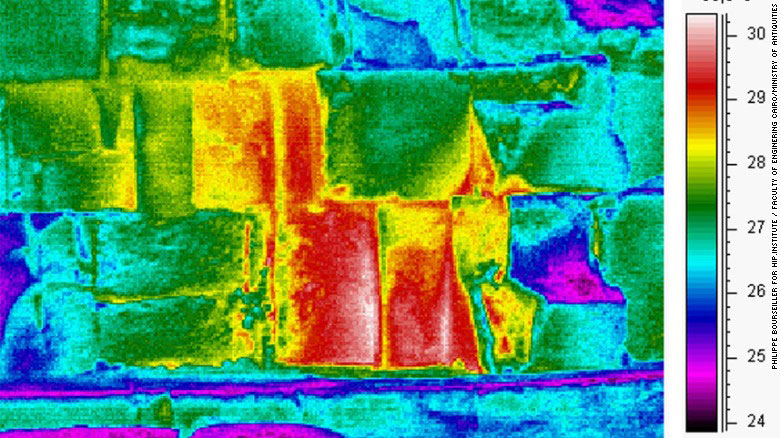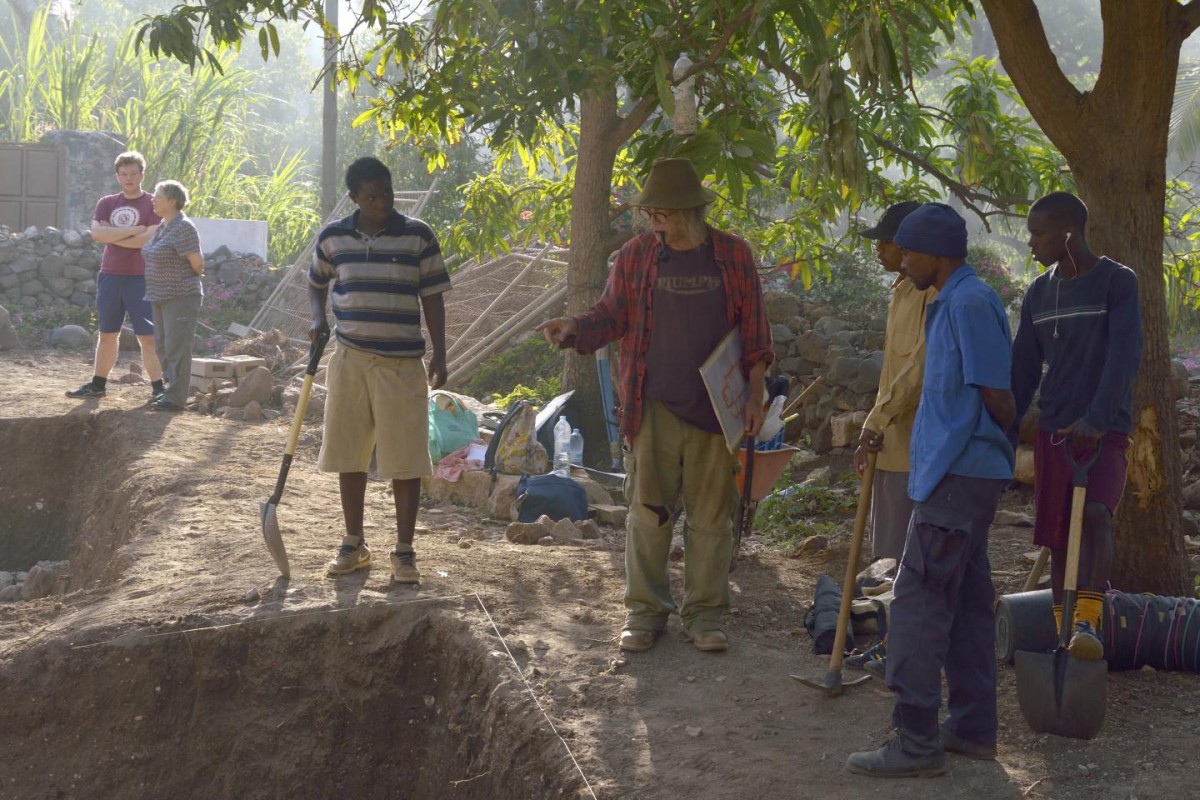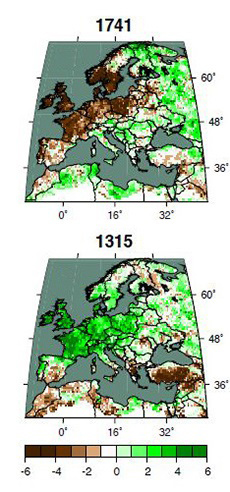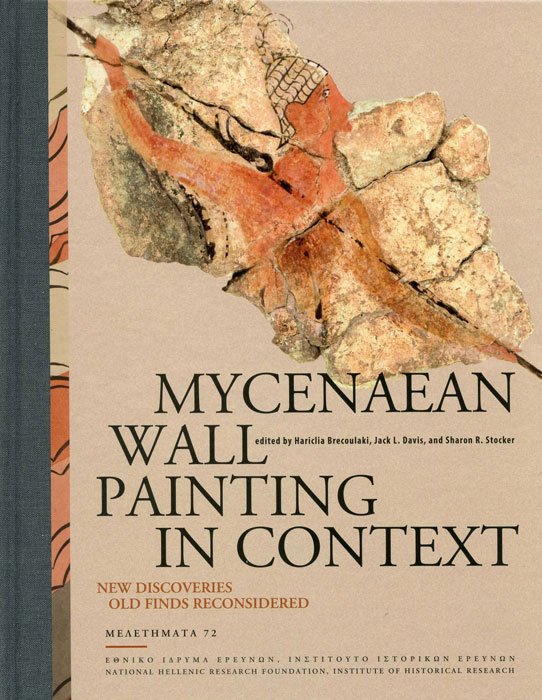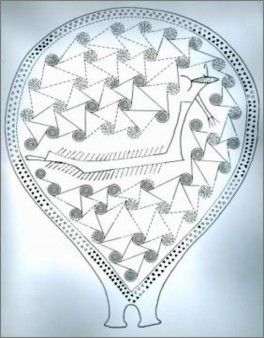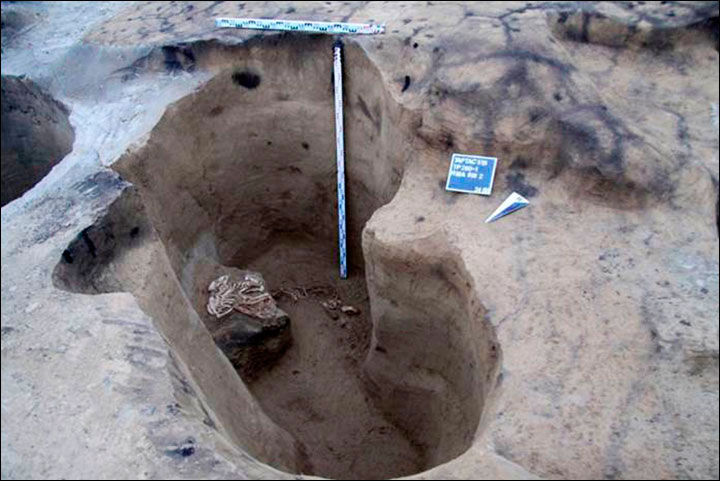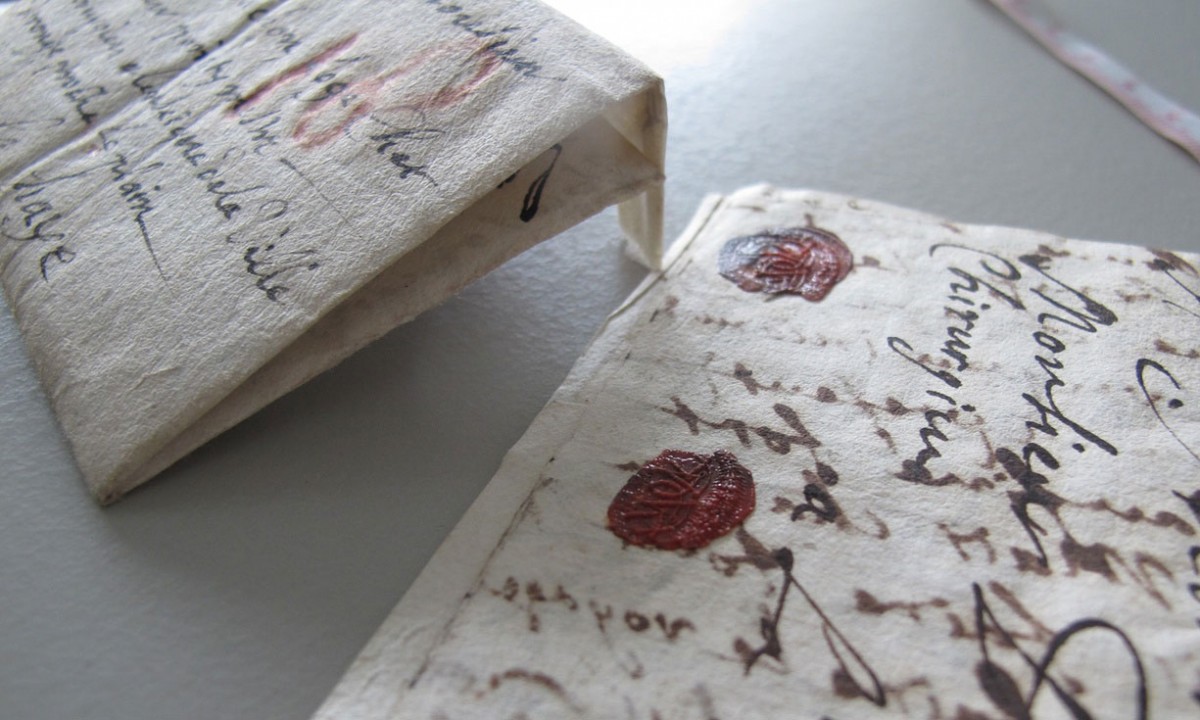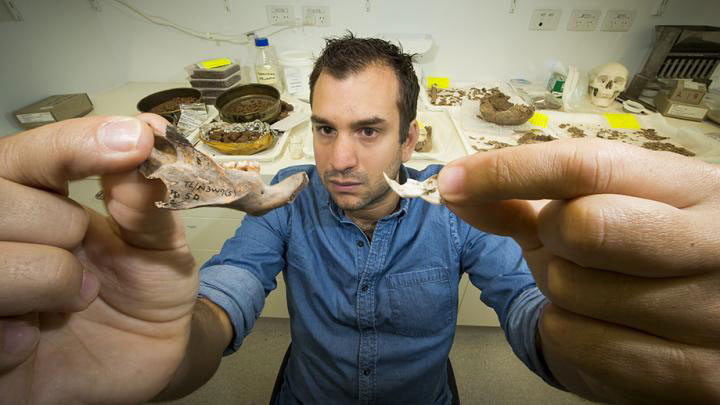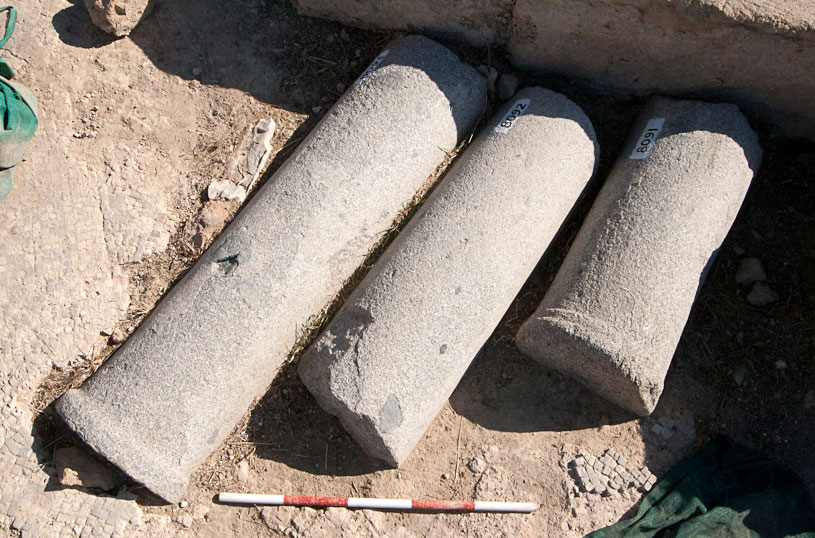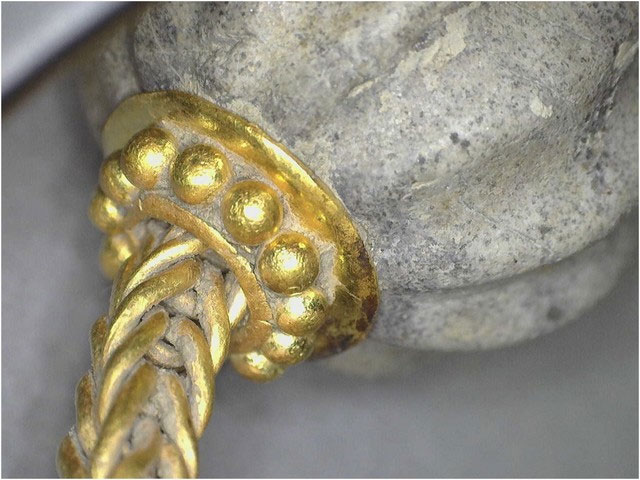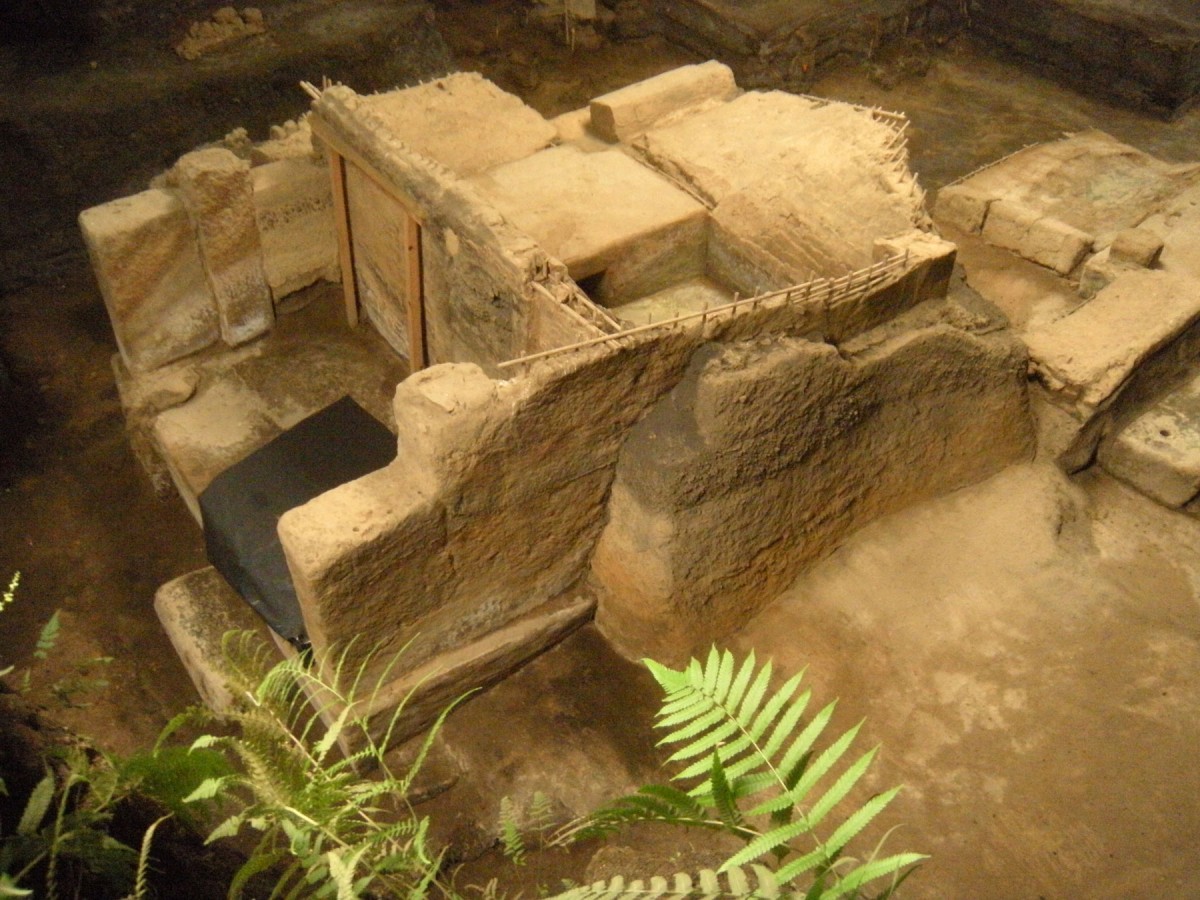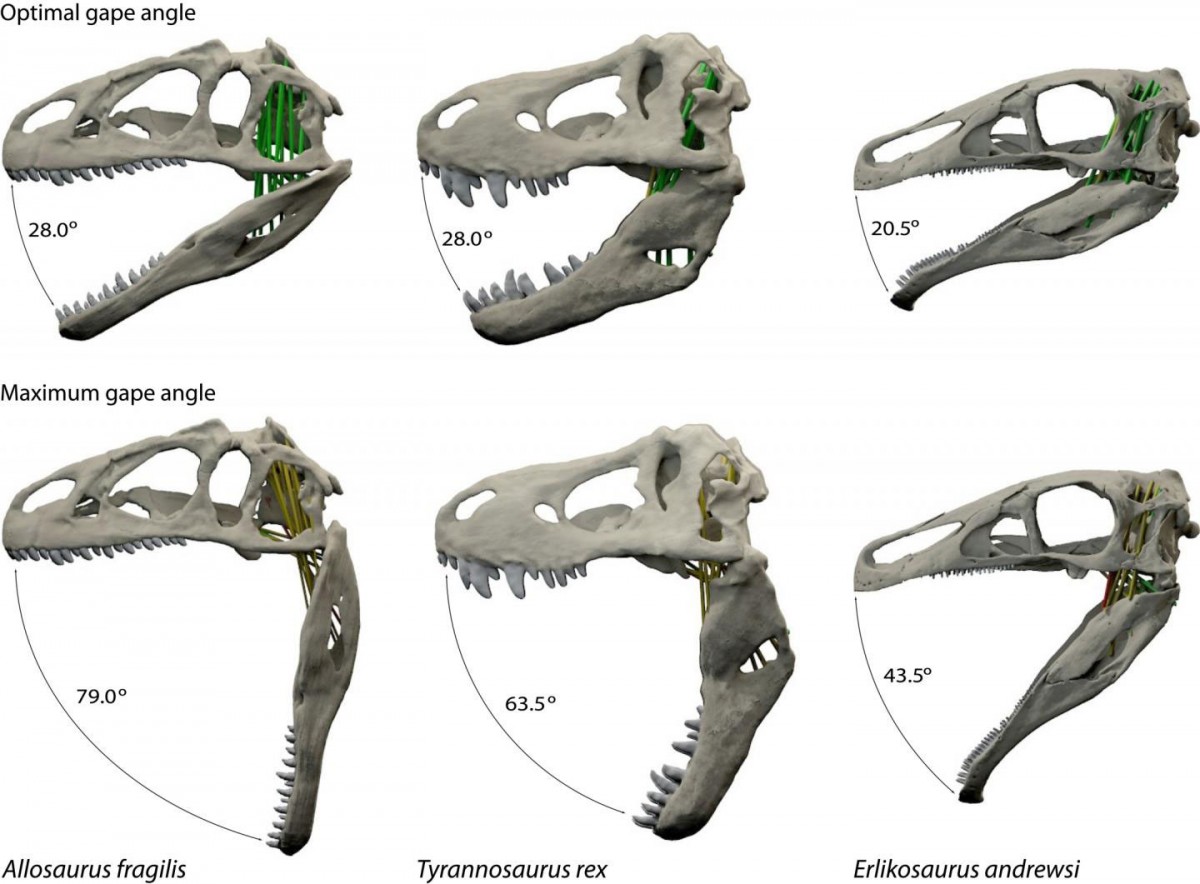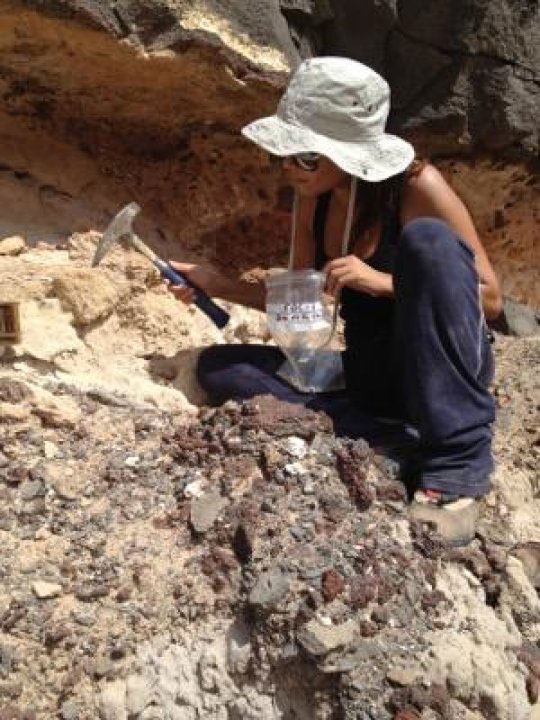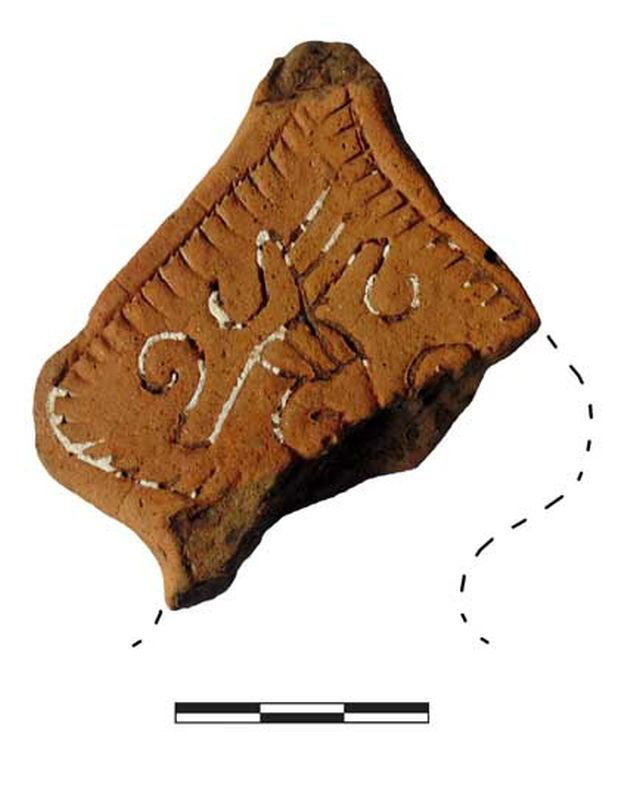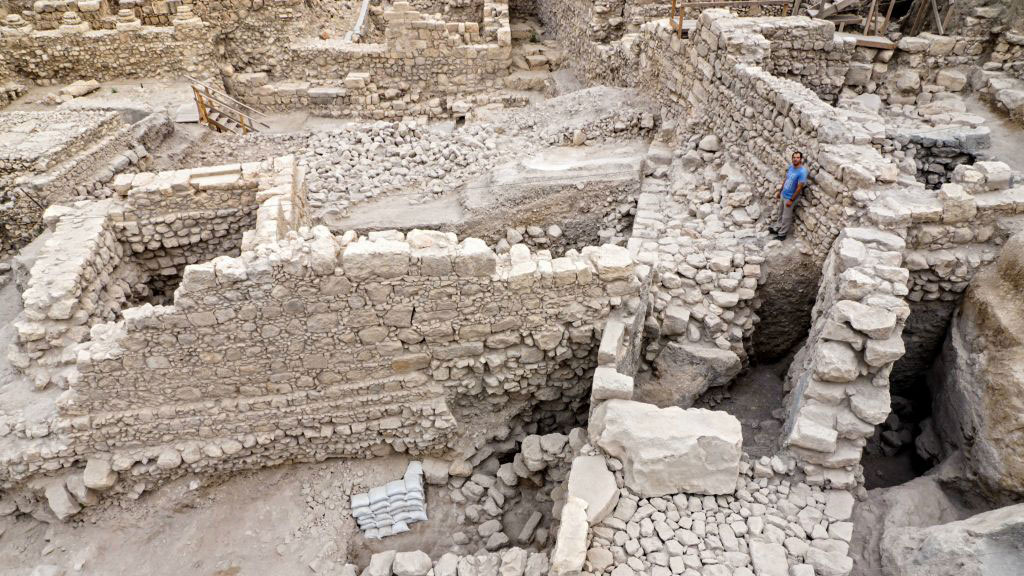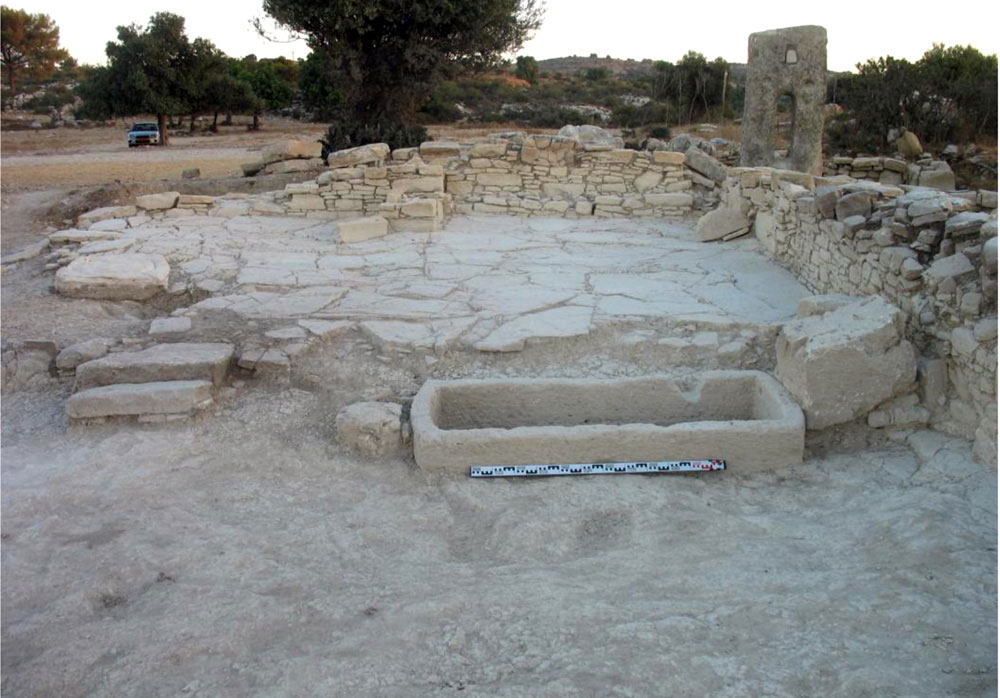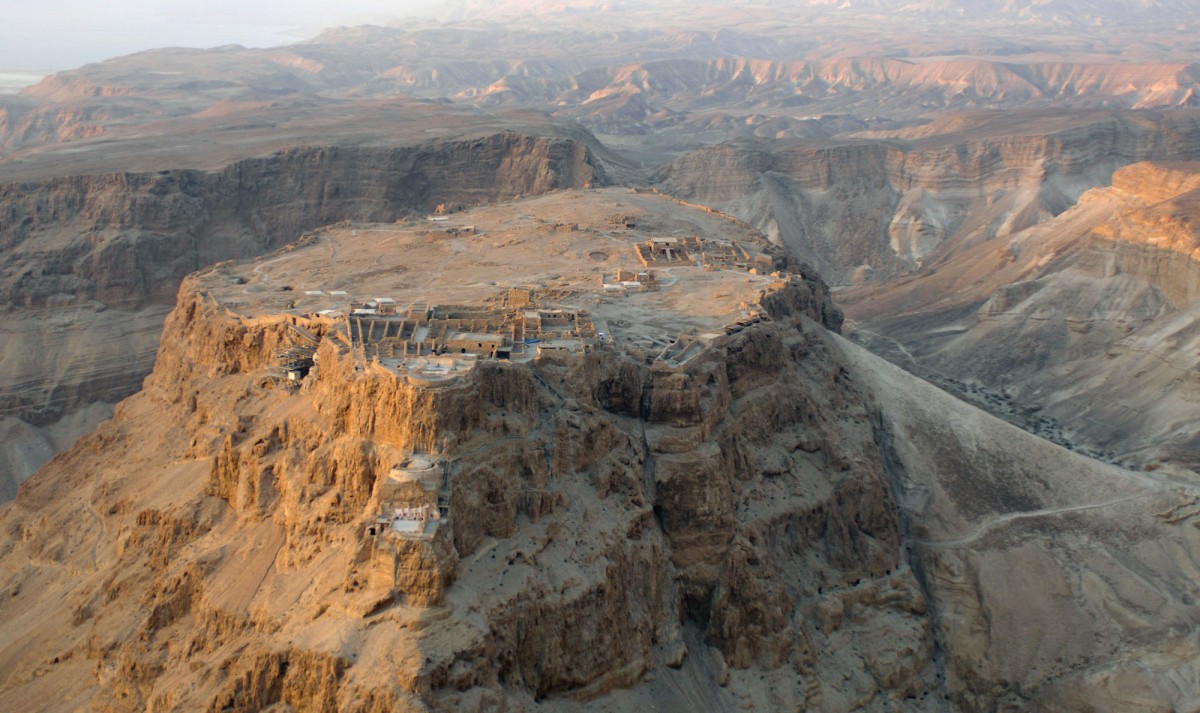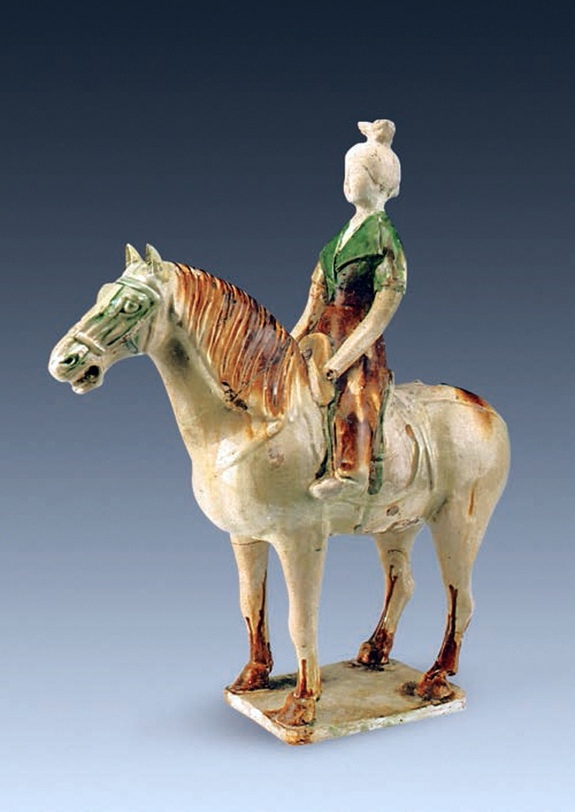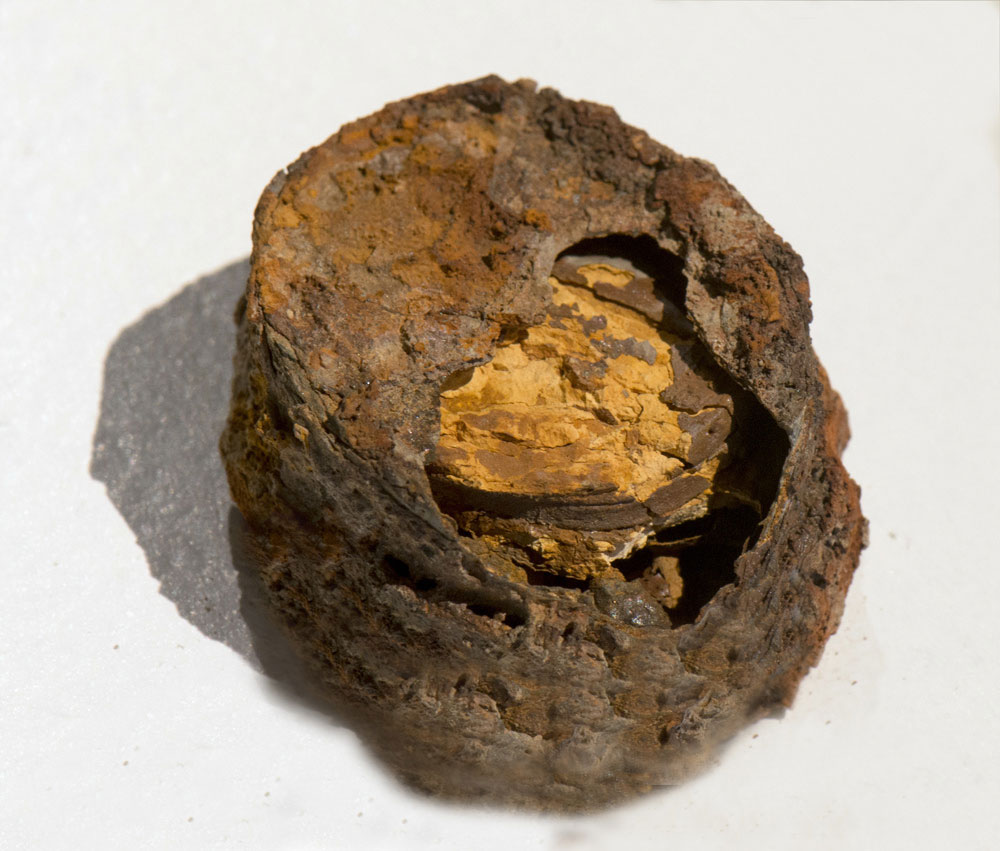Breakthrough for mining research in the Bronze Age
Mining already took place 3,500 years ago in the Austrian region of Montafon.
Pieces of Roman Building Reunited after 2000 years
Two pieces from a Roman building sign destroyed 2000 years ago, possibly by the legendary Boudica, have been reunited thanks to a remarkable discovery made by the University of Reading.
Egypt’s Great Pyramid hidden anomalies revealed
Scientists in Giza, Egypt, have discovered anomalies in Cheop's Great Pyramid with the use of infrared thermal scanning.
Earliest church in the tropics unearthed in former heart of Atlantic slave trade
Archaeologists from the University of Cambridge have unearthed the earliest known European Christian church in the tropics on one of the Cabo Verde islands.
New drought atlas maps 2,000 years of climate in Europe
Αn atlas based on scientific evidence maps the reach and severity of dry and wet periods across Europe, and parts of North Africa and the Middle East, year to year over the past 2,000 years.
Mycenaean Wall Painting in Context. New Discoveries, Old Finds Reconsidered
The present book offers an up to date insight into new discoveries of Mycenaean wall painting and new iconographic interpretations of old material, excavated long ago but never properly published.
A comparative Mediterranean perspective on the Early Bronze Age Cyclades
Cyprian Broodbank, Disney Professor of Archaeology at the University of Cambridge, will address the topic in the framework of the Cycladic Seminar series.
A Neolithic smokehouse was discovered in Siberia
Archaeologists in Siberia have discovered a smokehouse at a Neolithic site during excavation works in the summer.
Important insights into the structure of the ancient remains of Haft Tappeh
Archaeologists from Mainz University continue their excavation work in Iran.
17th century undelivered correspondence sheds light on everyday life
A chest in the Museum for Communication in Hague, containing 2,600 undelivered letters, has been rediscovered thanks to new scanning techniques.
The largest to have existed – giant rat fossils
Archaeologists with The Australian National University (ANU) have discovered fossils of seven giant rat species on East Timor, with the largest up to 10 times the size of modern rats.
The Neolithic Settlement of ’’Toumba Kremastis Koiladas’’ (Part 2)
Based on excavation data, this article examines settlement boundaries in both Greece and the Balkans and the issue of burnt Neolithic habitations in Kremasti.
Positioning the Nea Pafos theatre within its ancient urban context
During recent excavations at the site of the Hellenistic-Roman theatre of Nea Pafos by the Australian Archaeological Mission from the University of Sydney, the team attempted to position the theatre within its ancient urban context.
Warrior or priest?
The excavators of the Bronze Age tomb discovered in Pylos (southwestern Greece) provided more information about the extraordinary find during a meeting with Greek Minister of Culture Aristidis Baltas.
El Salvador: Buried in ash
Excavations under the direction of Payson Sheets of the University of Colorado, Boulder, continue at Cerén, a Maya village in El Salvador that was buried under 17 feet of volcanic ash in A.D. 660.
How dinosaurs’ jaws influenced diet
New research from the University of Bristol has found that the feeding style and dietary preferences of dinosaurs was closely linked to how wide they could open their jaws.
Snail Trails Lead to Climate-Driven Cultural Shift in Ancient Morocco
Shells from an archaeological site in Northeast Morocco dated from 10,800 to 6,700 years old showed that the climate grew warmer and could have supported the switch from hunting and gathering to agriculture.
Encrusted pottery found in Bulgaria necropolis excavations
Excavations at a necropolis of a Late Bronze Age and Early Iron Age settlement have yielded a large number of encrusted ceramics from three distinct chronological stages.
Seleucid stronghold of Acra remains found
The finds were “silent remnants of the battles that took place there in the days of the Hasmoneans,” the priestly family that led the Maccabean rebellion against the Seleucid rule.
Archaeological investigation at Anogyra-Vlou
The main results of the 2015 archaeological field season at Anogyra-Vlou and Anogyra-Tsoulloufatsena (Lemesos District, Cyprus).
Tel Aviv University announces Archaeology Post-Doc Positions
Applicants are requested to submit a cover letter, a CV, a detailed statement of current research interests, and two references also stating whether they are applying for further funding. Deadline: March 3 2016.
An epitaph from a tomb in China tells a unique story
The tomb of the man who helped China's only female emperor rise to power bears epitaphs describing how she executed him and his entire family, seeking revenge for his brother's betrayal.
17th century mystery box content virtually reconstituted
Archaeologists have managed to virtually reconstitute in 3D the inaccessible contents of a fragile and damaged 17th century metallic box. The box was found at Saint-Laurent church excavation in Grenoble.
Large mammals need room to roam
A 20-year study in Arctic Alaska looks at how woolly mammoths and other ice-age animals handled climate change.
